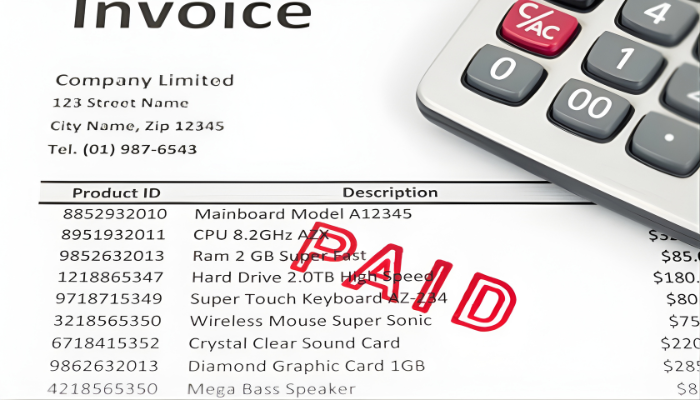
Many economists and business analysts believe that the 21st century has not been kind on the world of commercial credit and financing. To this effect, it is important to remember the Dot-Com Bubble, the subprime lending crisis, the credit crunch, and the Great American Recession; these are all events that greatly affected the world of traditional financing methods such as business loans. For this reason, alternative methods of financing such as factoring have emerged in the last few years to alleviate small and medium-sized enterprises.
Beginning of Factoring
Factoring dates back to the Mesopotamian days, and it has existed in the United States since the Colonial period. In fact, factoring financing was crucial to the establishment of the American textile industry in the early 20th century. The essence of the factoring process has not changed much over the centuries; it largely consists of selling account receivable items such as invoices. Factoring is different from the commercial lending industry in the sense that it is simpler and more dynamic.
Like other forms of financing, factoring is formalized by means of a contract. The basics of this legal agreement consist of:
- Terms and conditions
- Fees
- Collateral
Financing a Business through Factoring
Before executing a factoring agreement, a business owner should keep in mind that the financier is actually purchasing an asset from the company. An invoice that can be collected is an asset, and this is what is being purchased in accordance to the contract.
Factoring firms tend to be very flexible in their contract terms. Let’s say the owners of a small tech startup are having cash flow problems as they wait for clients to settle invoices for work already performed, and they are also waiting on a round of venture capital to materialize in a couple of months. This tech startup can execute a contract with a factoring firm that can purchase their currently outstanding invoices and others that may be issued until venture capital arrives. The terms of the factoring contract can be even more flexible: For example, a company that provides messenger and courier services can choose to sell only their largest invoices made to clients who are notoriously slow to pay.
Fees can also be negotiated before a factoring agreement is executed. Many factoring firms keep fee schedules according to the various industries and types of business enterprises they work with. The determination of fees is usually accomplished through an audit of the company selling its account receivable assets, and there are usually fees associated with this audit. Furthermore, fees are determined by the business volume and how much risk the factoring firm expects to face once the invoices are purchased.
Once fees are negotiated and agreed upon, the issue of collateral may be discussed as the final aspect of a factoring contract. Business owners whose clients have a history of unreliable payments may be required to pledge the factory company some form of collateral, which may consist of real estate, equipment or investments. If the business owner seeking to benefit from factoring only requests a small cash advance for his or her invoices, collateral may not be required.
Advantages of Factoring Contracts
Business owners who face cash flow shortages due to clients who take their time in settling their invoices are good candidates for factoring. The flexibility offered by most factoring firms is unheard of in the business lending industry. In fact, banks tend to look at short or negative cash flow as a credit liability.
The quick capital injection provided by factoring firms comes in handy not only during cash flow shortages but also when a company is looking to expand. Although banks tend to like business clients who wish to borrow funds for the purpose of expanding, getting a loan approved tends to be a slow process, and this often ends up in missed opportunities. With factoring, a business owner can get significant cash advances in just a few days after a copy of an invoice is submitted.














